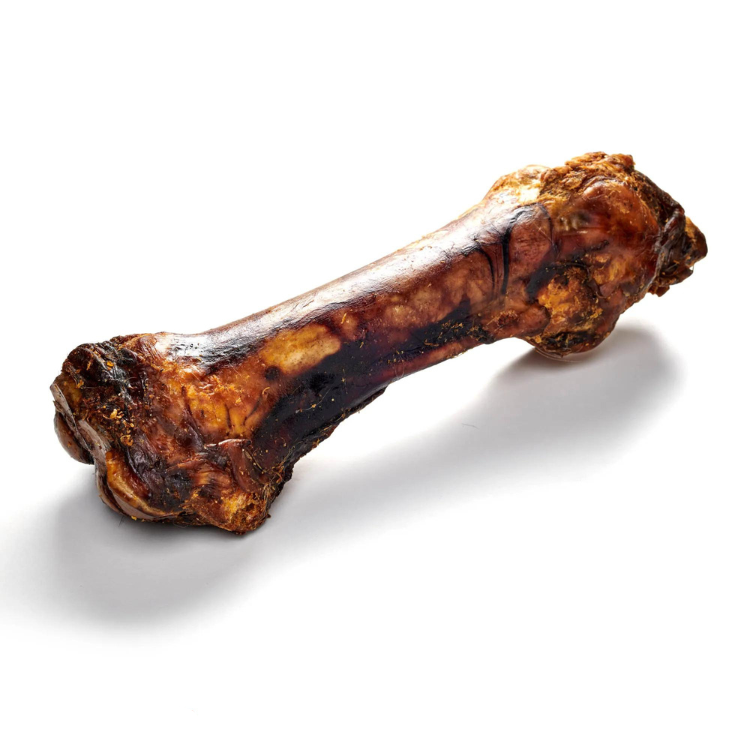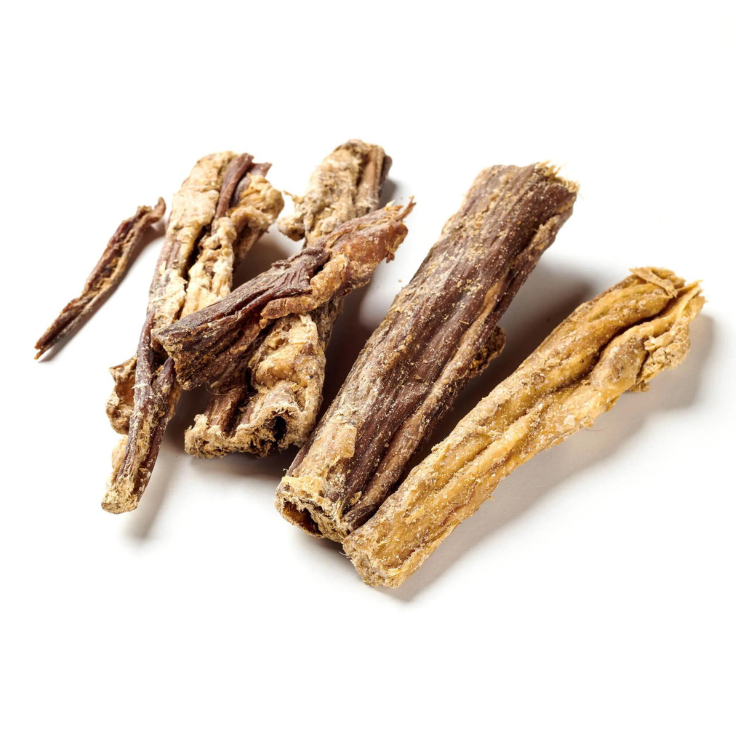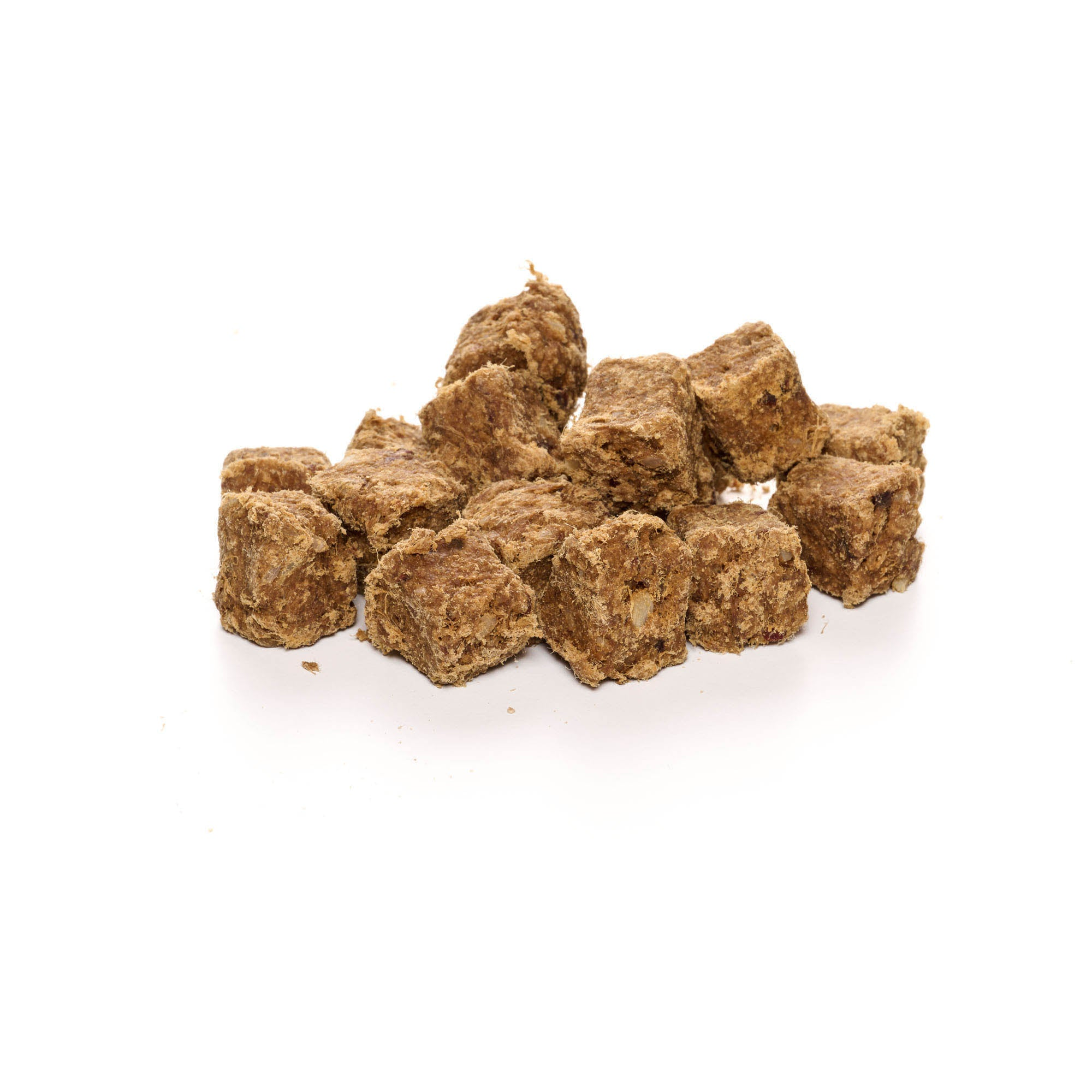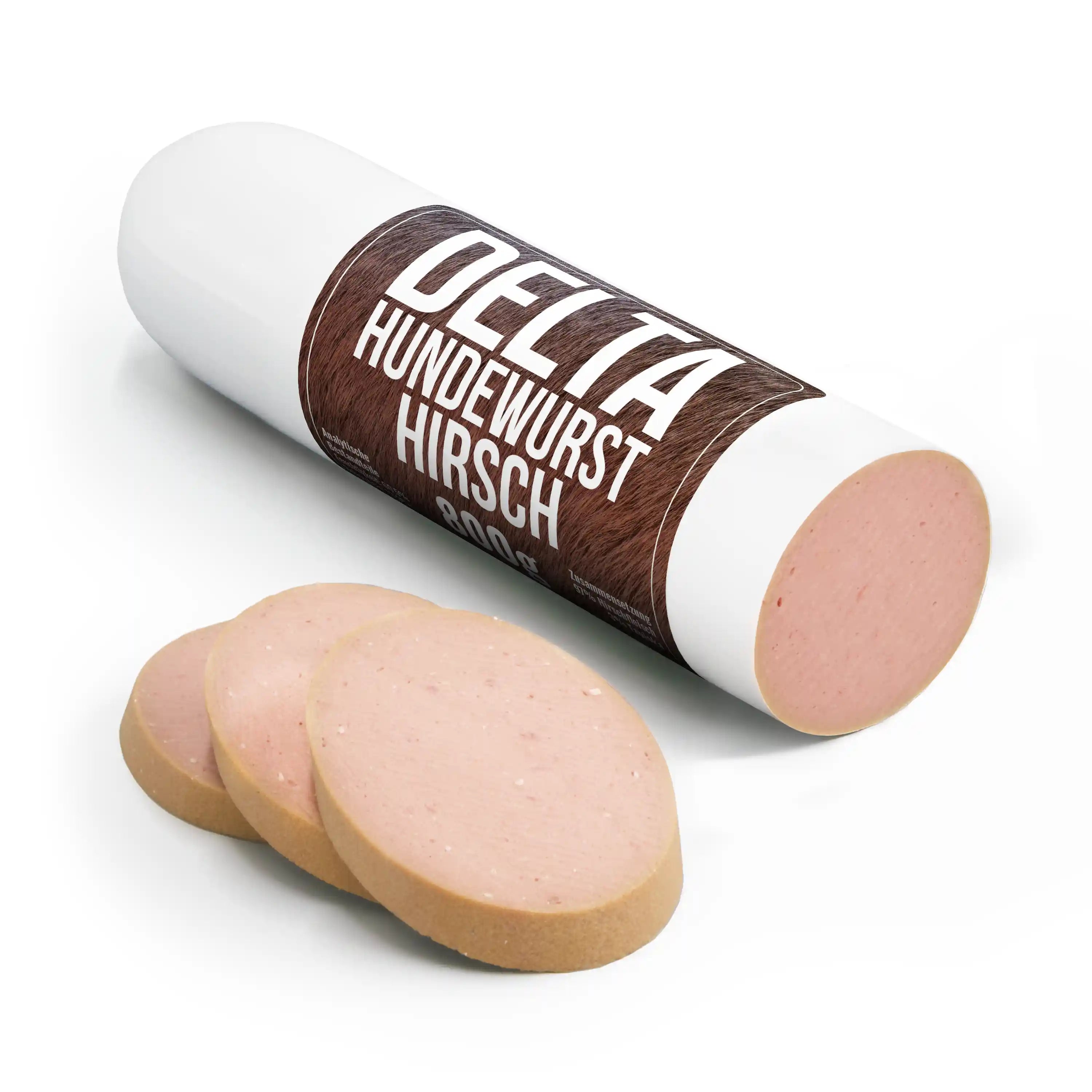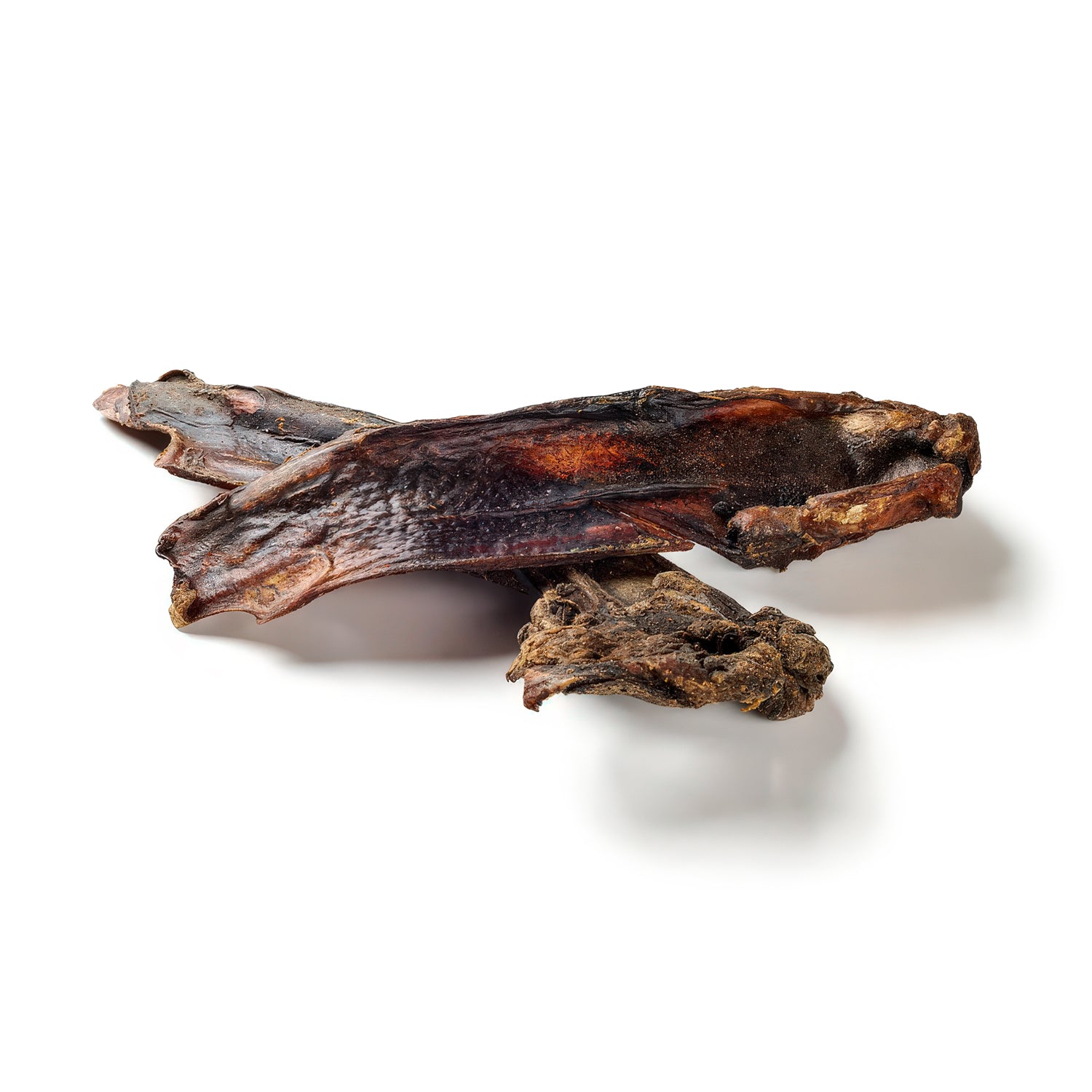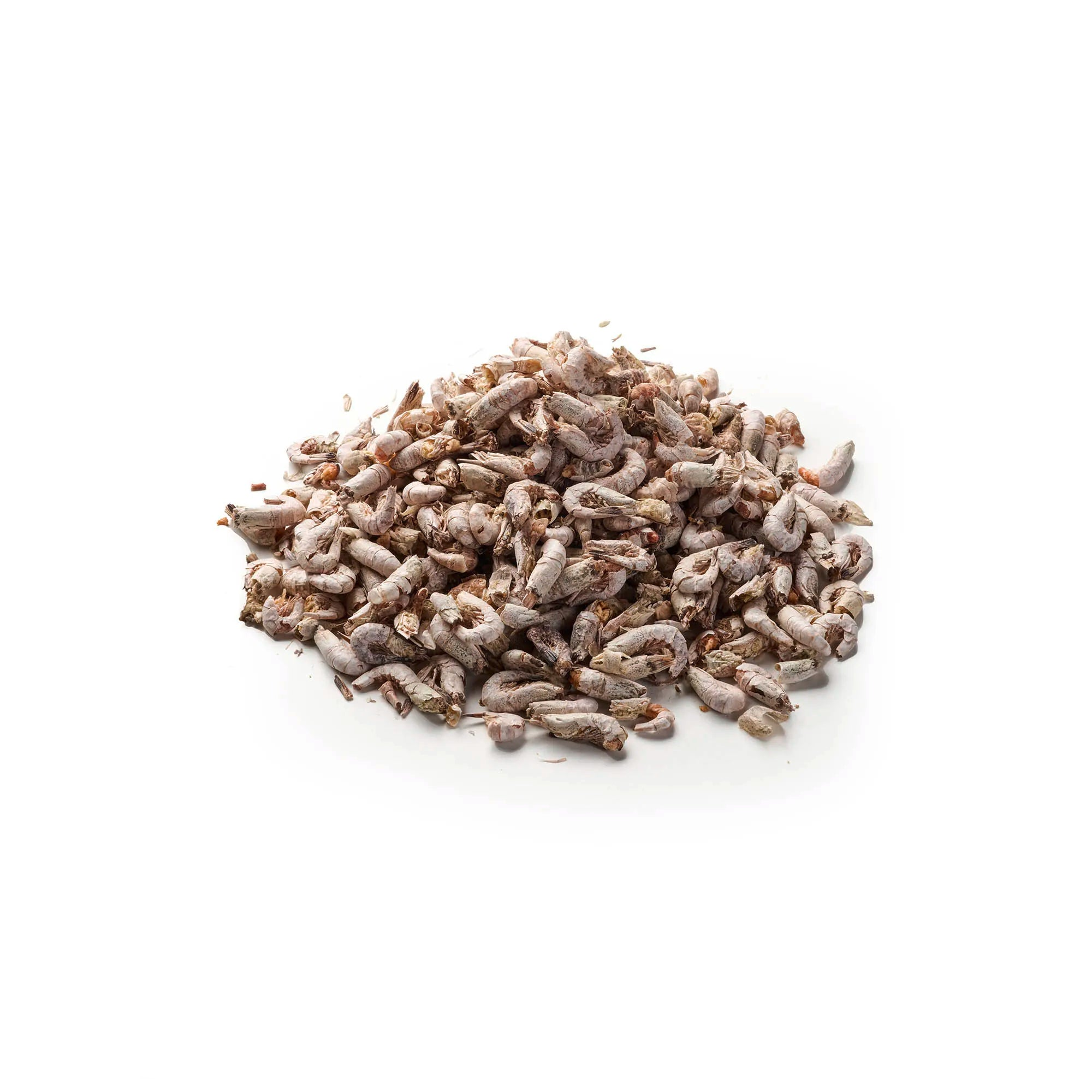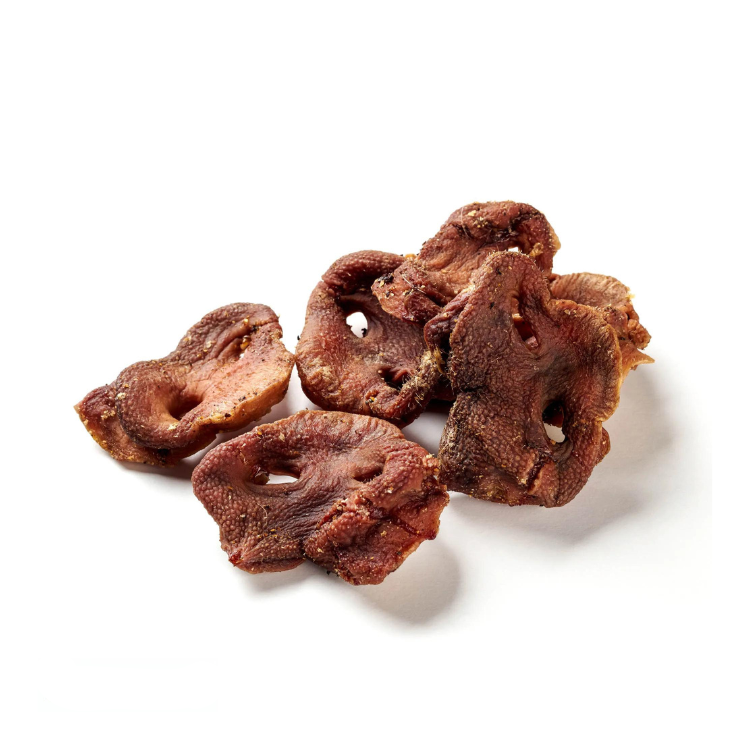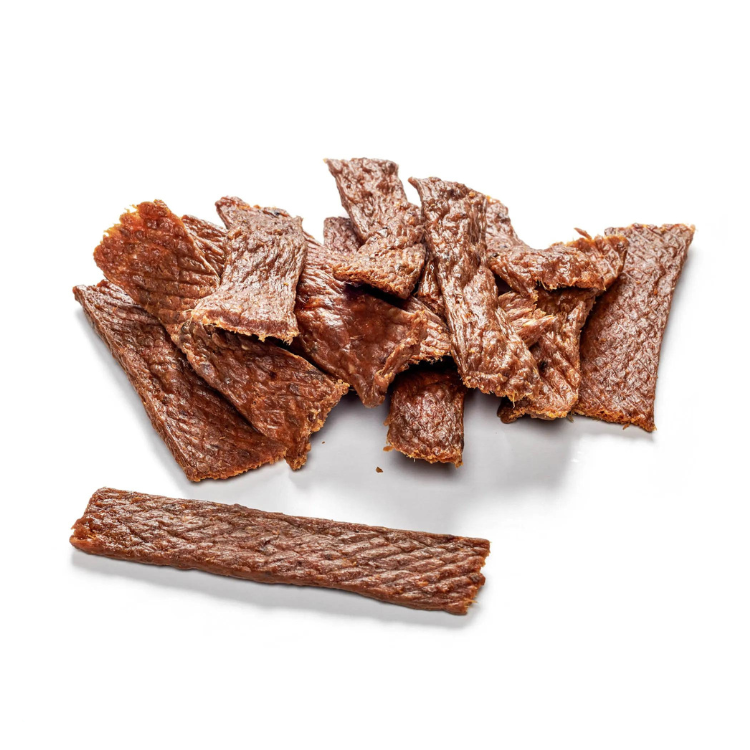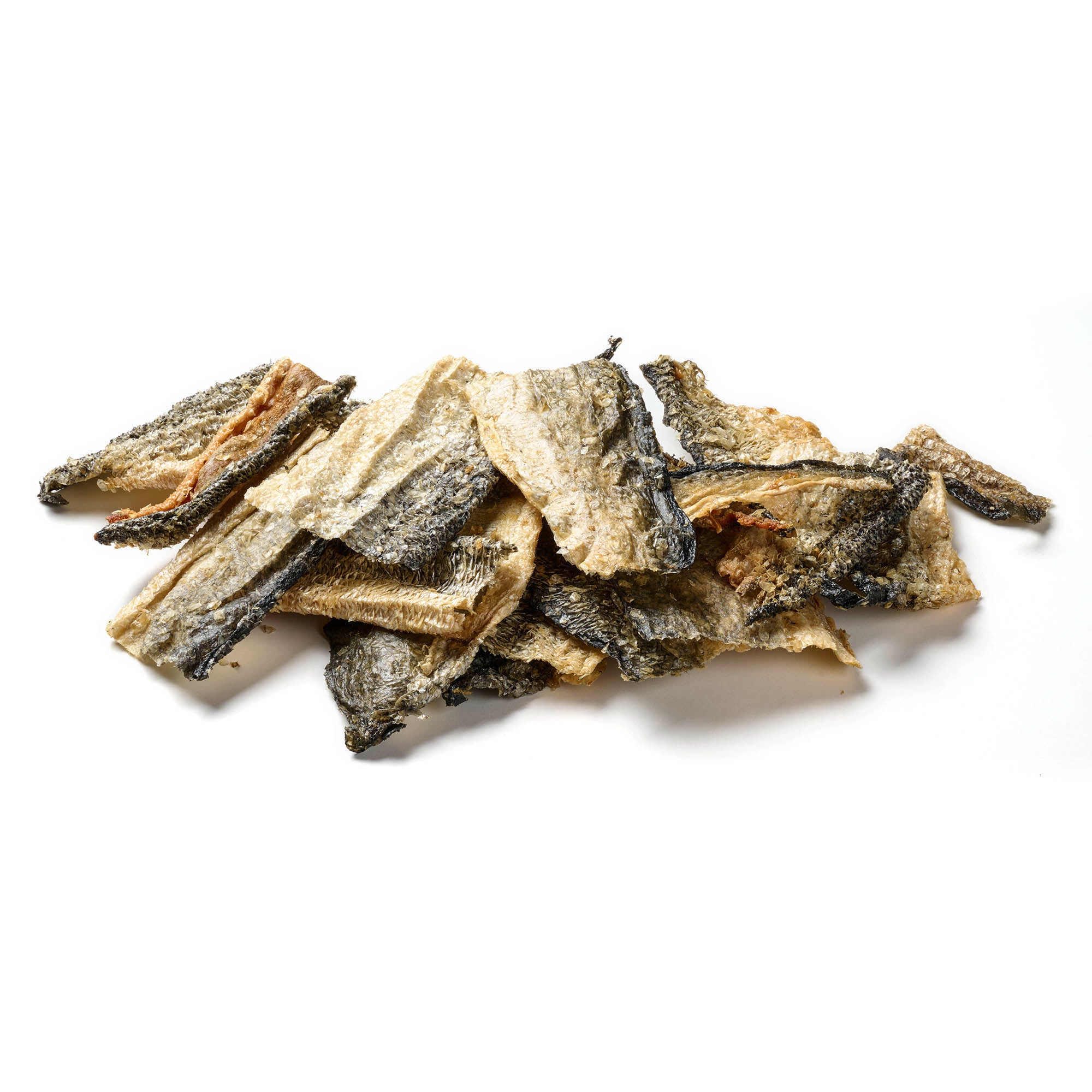
Dachshund
Share
The dachshund is one of the most well-known breeds of hunting dog. The long, low-to-the-ground dog is a real rascal and knows how to get its way. It is not for nothing that it has found its way into many a proverb when someone comes "dachshunding" towards you or impresses you with its "dachshund look".
Content: Dachshund
- profile
- Special features
- Nutrition
- Health and care
- Origin & History
- The right accessories
- Conclusion
Pamper your dog with our chew products!
Dachshund - Profile
- Character: Stubborn, self-confident, determined, courageous, alert
- Size: Small
- Height: Approx. 20-33 cm
- Weight: 8-15 kg
- Life expectancy: Approx. 12-16 years
- Coat types: short hair, rough hair and long hair
- Colours: Red, red-yellow, yellow – solid or with black markings; deep black with rust-brown or yellow markings; brindle
- FCI Group: Dachshunds
Dachshund - Special characteristics
The dachshund is a dog trained for hunting that is very self-confident and almost cocky. They usually get on well with other animals too. However, the dog mostly sees small animals as prey. Therefore, the smallest housemates in particular should be protected from the dachshund. The dachshund has little respect for larger dogs and will also get into conflict with much stronger dogs. Due to their watchful nature and unmistakable barking , dachshunds are also suitable as guard dogs. Their stubbornness and domineering nature make consistent and self-confident training essential. However, a well-trained dachshund makes an excellent companion that is a true friend to trusted people.
There are different types of dachshunds. The size, which is usually determined by the chest circumference, determines the corresponding size. A normal dachshund has a circumference of over 35 cm, a miniature dachshund 30-35 cm and a rabbit dachshund less than 30 cm. The dachshunds are particularly notable for their extremely long body shape, short legs and floppy ears. There are three types of fur: long-haired, wire-haired and short-haired dachshunds. Most colors are permitted, only pure black and white spots are undesirable.
Dachshunds - What should you consider when feeding them?
Overweight dachshunds should be strictly avoided. Dachshunds are prone to species-specific herniated discs, known as dachshund paralysis. The amount of food depends on size, age, weight and activity. The food should be high quality, have a high meat content and be as low in grain as possible. Regardless of whether it is wet or dry food, it is important that your four-legged friend enjoys eating the food. Dachshunds can also be fed using the BARF method , which uses only raw food. However, this feeding method should only be used if you have sufficient specialist knowledge. Adequate supply of all necessary nutrients is key.
Delicious chews for your faithful companion now available!
Dachshund - Health and Care
In general, caring for a dachshund is very straightforward and depends on the type of fur, among other things. Dachshunds should be brushed and combed regularly. If their hair is rough, you should use a trimmer from time to time and trim the wiry hair a little. As dachshunds are very close to the ground, their fur should be checked regularly for vermin. Dirt can be removed with lukewarm water and, in an emergency, a little mild dog shampoo.
Since the dachshund's skeleton is prone to slipped discs, care should be taken to ensure that the little one builds up a lot of muscle, especially in the first few years. Climbing stairs and jumping can be dangerous for the spine and cause paralysis in the dachshund. A visit to dog training school is therefore also advisable for this reason.
Make sure that your little friend is of an appropriate weight for his size. If necessary, you may need to feed him a low-calorie diet. It is also important to get your little one used to only eating at his feeding times from the start.
Dachshund - Origin & History
There are depictions of dachshund-like dogs dating back to ancient Egypt. The modern dachshund was bred in Germany in the Middle Ages and was trained to hunt badgers and foxes in their dens. Its ancestors, the Brocken, helped Celtic tribes hunt. The dogs were supposed to use their short legs and long bodies to chase the animals out of their dens. The dog was a loyal hunting companion of the German nobility. The first clubs, such as the "German Dachshund Club", were founded at the end of the 19th century and still exists today. The dachshund is a companion to several famous people from history. These include Napoleon Bonaparte, who also named his little dachshund Napoleon, Kaiser Wilhelm II, and well-known artists such as Pablo Picasso and Andy Warhol. Today, the popularity of these small hunting dogs is declining slightly. Dachshunds are becoming increasingly popular as family and companion dogs.
Dachshund - The right accessories
The most important thing for a dachshund is a good leash. It should be long enough and comfortable to hold. Because of their strong hunting instinct, they have to be put on a leash more often than some other dogs. You can use either a harness for small dogs or a collar. Both are easy to get at any accessory store.
In addition, a brush and a comb are used for coat care. A trimming comb with a built-in razor blade can be particularly useful for wire-haired dachshunds.
You can also keep the little one entertained with toys . He likes to play with balls or a Frisbee. The little dog also has a lot of fun following tracks.
Conclusion
The dachshund is a dog with a distinctive character, whose stubbornness and courage are as legendary as its unique appearance. As a loyal companion and watchdog, it requires consistent training and loving care. Its history as a hunting dog goes back to the Middle Ages, but today it has won the hearts of many people as a family and companion dog. With an adapted diet and care program as well as the right accessories, the dachshund can lead a happy and fulfilling life. Despite its small size, it is a big dog with an even bigger heart.
Discover delicious dog snacks directly from our range!

